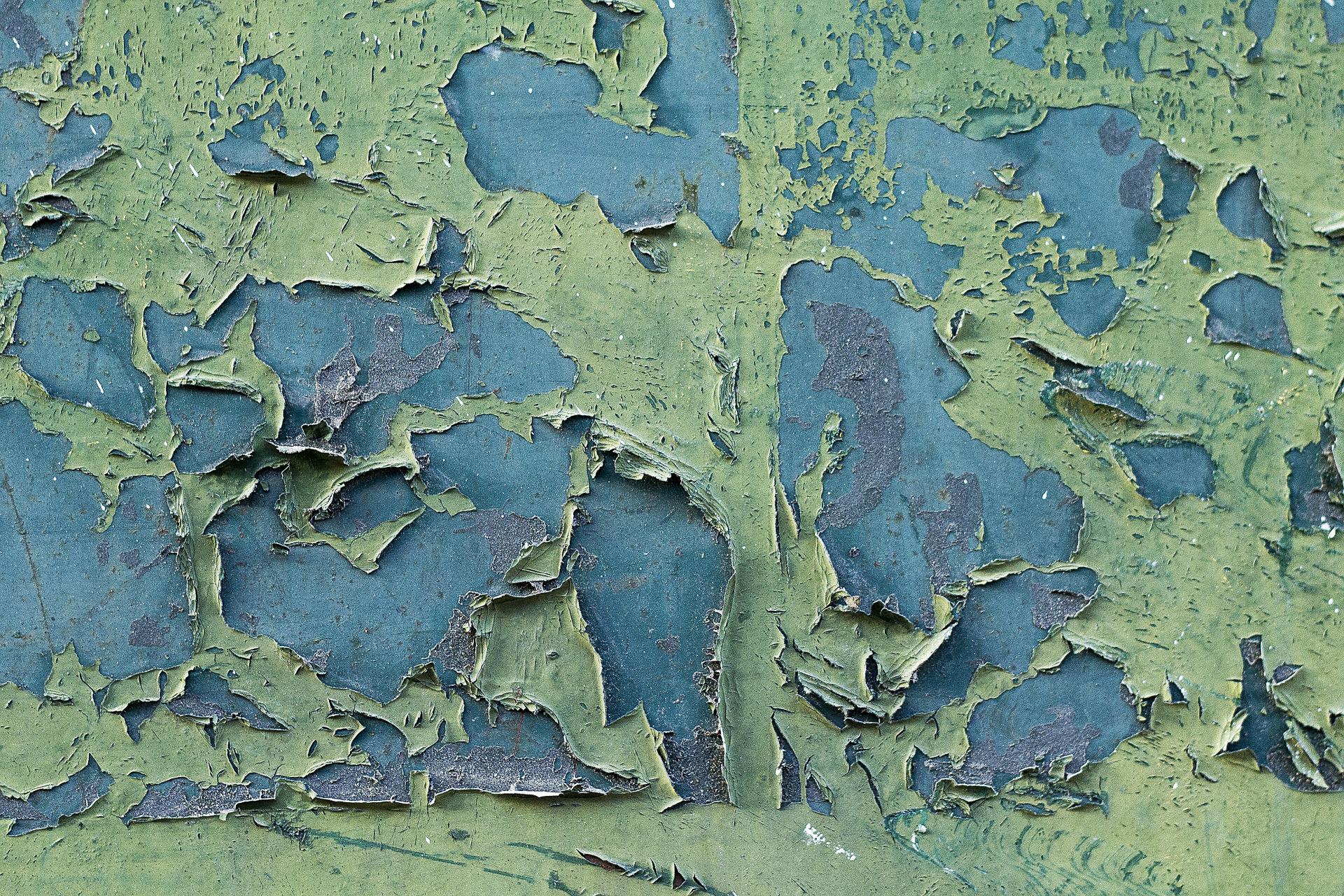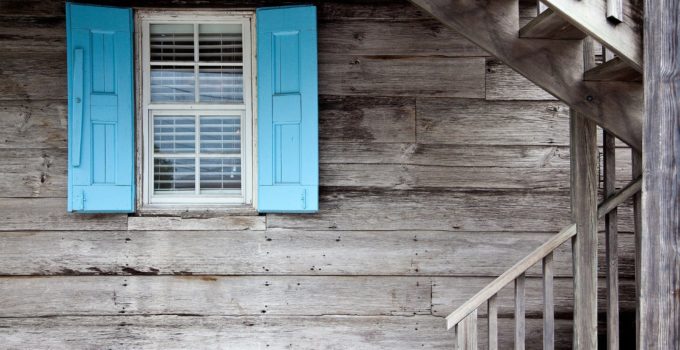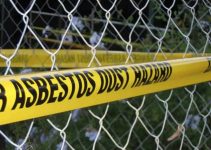Can Mold Grow on Asbestos?
Yes, mold can grow on asbestos. Since asbestos was used in building material, these areas may come in contact with moisture and potentially grow mold.
Is It Safe to Remove Mold?
If you have mold in your home, it is important to remove it as soon as possible. Mold can cause health problems, so it is best to get rid of it before it becomes a bigger problem.
You can remove mold yourself with bleach and water or you can hire a professional.
However, if you suspect asbestos in your home, it is important not to disturb the area as this can release fibers into the air.
Trying to remove mold from asbestos containing material could release asbestos fibers. It is best to consult with a professional to inspect your home and remove any asbestos and mold.
Mold can grow on asbestos, so it is important to be aware of both materials when present in your home. If you find either black mold or asbestos, it is best to remove them as soon as possible to avoid any health risks.
Related: How to Test for Asbestos in the Air

What Is Asbestos?
Asbestos is a naturally occurring mineral. The material was used in a wide variety of material before 1980 in many homes and buildings because it is fire resistant.
Some Products That Include Asbestos:
- Ceiling tiles
- Pipe insulation
- Flooring
- Shingles
Asbestos can be found in many different materials, but it is most commonly used in construction materials.
Asbestos Exposure Risks
The Environmental Protection Agency in the USA in the 1970s found that asbestos is a known human carcinogen causing lung cancer such as mesothelioma.
Asbestos is now banned in building material but is still in a lot of products and materials used before the ban.
If you think your home contains asbestos do not disturb the area. It is best to consult with a professional to inspect your home. Breathing in asbestos fibers can cause serious health risk.
Related: The History of Asbestos

What Is Black Mold?
Mold is a fungus and can be black or any other color, and it can grow on almost any surface. Black Mold thrives in moist areas.
When mold breaks down, it can release spores into the air. These spores can cause respiratory problems, so it is important to remove mold as soon as possible.
Symptoms of Black Mold include:
- Sneezing
- Coughing
- Itchy eyes
- Runny nose
- Headaches
If you notice these symptoms it is important to search your home for black mold especially during the winter when people tend to spend long periods indoors.
How to Find Black Mold:
- Look for damp or wet spots on walls, ceilings, or floors.
- Check for peeling paint or wallpaper.
- Look for small black dots on wood, tile, or fabric.
Check for any water damage or leaking pipes as these can cause mold in the future even if there is none now.
Also remember that even if you are unable to see mold it could still be growing in difficult to reach places. If you can smell a musty odor this is another sign that mold may be present.
If you find black mold in your home it is important to remove it as soon as possible. You can do this yourself with bleach and water or you can hire a professional.


